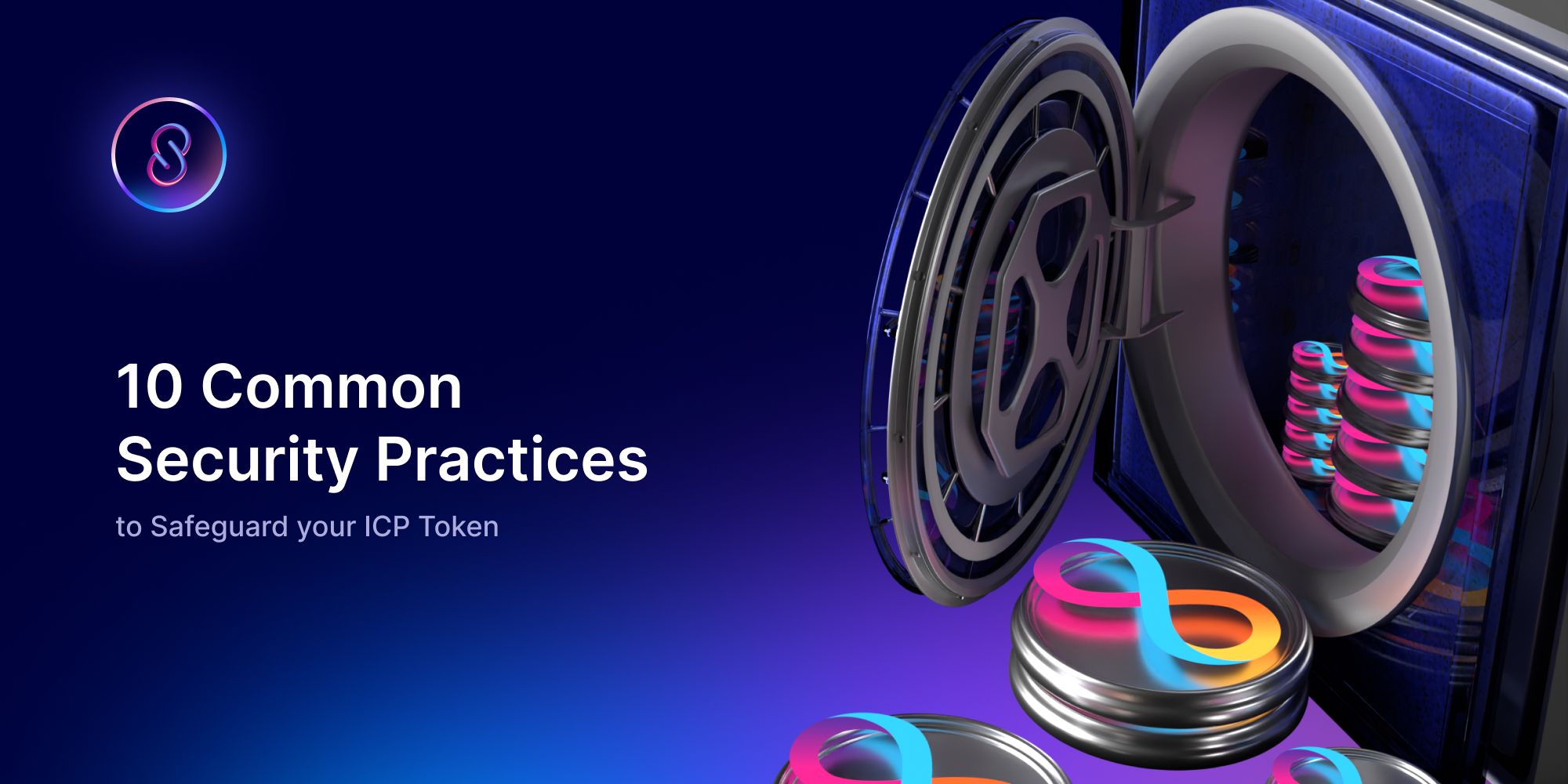Solutions to Hacks are Imperative for DeFi to Thrive
With the value locked in DeFi exceeding $40 billion, it is no secret that this burgeoning tech field has become an increasingly attractive target for hackers and malicious actors. Here we look at solutions to this ongoing issue.

Experts in blockchain security predict that the likelihood of hacks in the DeFi market will continue to rise as hackers become more sophisticated and experienced in exploiting vulnerabilities in DeFi projects.
Decentralized Finance (DeFi) has seen tremendous growth in recent years as increasing numbers of people seek alternative exchange solutions, especially away from centralized ones. With the value locked in DeFi exceeding $40 billion, it is no secret that this burgeoning tech field has become an increasingly attractive target for hackers and malicious actors.
Blockchain security experts have explained the reasons why DeFi is at risk of more attacks this year, and we have outlined steps that can be taken to protect your assets.
The claims…
In their report shared exclusively with CoinTelegraph, executives from blockchain auditing and security firm HashEx were asked about the reason behind the significant increase in DeFi attacks last year and whether this will continue throughout 2023.
According to Tommy Deng, managing director of blockchain security firm Beosin within HashEx, while DeFi protocols will become more secure over time, it is crucial to recognize that “there is no [such thing as] absolute security.” He also stated that hackers will always try to exploit vulnerabilities as long as there is demand for the crypto market. Mr Deng also claimed that many new DeFi projects “don’t go through complete security testing before going live.”
In general, the founder and CEO of the HashEx firm, Dmitry Mishunin, made it clear that “hackers have gotten smarter, gained more experience, and learned how to look for bugs.” He continued: “The crypto industry is still relatively new, and everyone is growing with each other, so it’s difficult to get too far ahead of bad actors.”
Mishunin stated that the high value of certain DeFi projects makes the industry an attractive target for malicious individuals and that the number of security breaches in this area will likely increase in the future. He also warned that these types of attacks could expand beyond DeFi and target cryptocurrency exchanges and banks that are beginning to offer more secure ways to hold digital assets.
Our solutions…
While it is challenging to completely eliminate negative players from the market, particularly in DeFi, it is feasible to take steps to decrease nefarious actions in the market to ensure DeFi’s long-term success and sustainability.
Improved security of smart contracts/canisters.

One solution to reduce hacks in DeFi is to enhance the security of smart contracts. Smart contracts or Canisters (as they are known on the Internet Computer blockchain) are self-executing programs that are stored on the blockchain and can automatically perform tasks like moving funds and executing trades. However, if a smart contract contains bugs or vulnerabilities, hackers can exploit it to steal funds. By using formal verification, which is a mathematical method to prove the correctness of smart contracts, and by conducting extensive audits and penetration tests, the security of smart contracts can be significantly improved.
Implementing multi-sig.
Another solution is implementing multi-sig (multi-signature) or other forms of threshold signatures to protect funds. For example, in a standard Bitcoin transaction, a user must provide only one signature, their private key, to authorize a funds transfer. By contrast, multi-sig transactions require more than one signature, such as multiparty signatures, to authorize a transaction. This makes it much more difficult for a single person to steal funds. In DeFi, multi-sig wallets can be used to protect the funds of lenders and borrowers.
Avoiding cross-chain bridges.
It is important that we avoid cross-chain bridging in DeFi and select projects that operate on the same blockchain as our assets. By using a DeFi project on the same blockchain, we can avoid the additional complexity and potential security risks associated with cross-chain bridging. In addition, it is also important to be aware of the fees and limitations associated with cross-chain transactions, as they can vary between different blockchain networks. These main reasons led the Internet Computer blockchain to integrate directly with the Bitcoin network. Here is a guide below on integrating both networks.

Improved user education and awareness of best security practices.
Another important measure to reduce hacks in DeFi is to improve user education and awareness of security best practices. Users must be aware of the risks involved in using DeFi and how to protect their assets. They should be encouraged to use strong passwords, use hardware wallets, and not share their private keys with anyone. Moreover, they should be told to watch out for phishing and social engineering attacks. Read our guide below on some practices to safeguard your digital assets:

Community-driven bug bounties and programs.
In addition, community-driven bug bounties, which are programs that incentivize security researchers to find and report vulnerabilities, can also be a valuable tool in reducing attacks in DeFi. By offering rewards for finding bugs, community-driven bug bounties encourage security researchers to find and report vulnerabilities before hackers can exploit them.
Collaboration between projects and exchanges.
Finally, the DeFi industry can also benefit from closer collaboration and information sharing between projects and exchanges and between regulators and industry participants. This can help identify and address emerging risks and threats and promote best practices and standards for security and compliance.
In conclusion, there is no single solution to reduce hacks in DeFi. Rather, a combination of technical, educational, and regulatory measures is needed to secure the DeFi ecosystem and protect users’ assets. Through the use of formal verification and audits, multi-sig and threshold signatures, avoiding cross-chain bridging, user education and awareness, community-driven bug bounties, and closer collaboration and information sharing, the DeFi ecosystem can become much safer and more resistant against hackers.
Remember that we are dedicated to meeting your DeFi needs and providing guidance and education to ensure maximum security and profitability in the ever-changing world of cryptocurrencies here at InfinitySwap and on the InfinitySwap Blog. Stay informed by following us on social media and subscribing to our newsletter for the latest developments in the DeFi space.
Connect with InfinitySwap
Twitter | Website | Telegram | Discord | Github







Comments ()